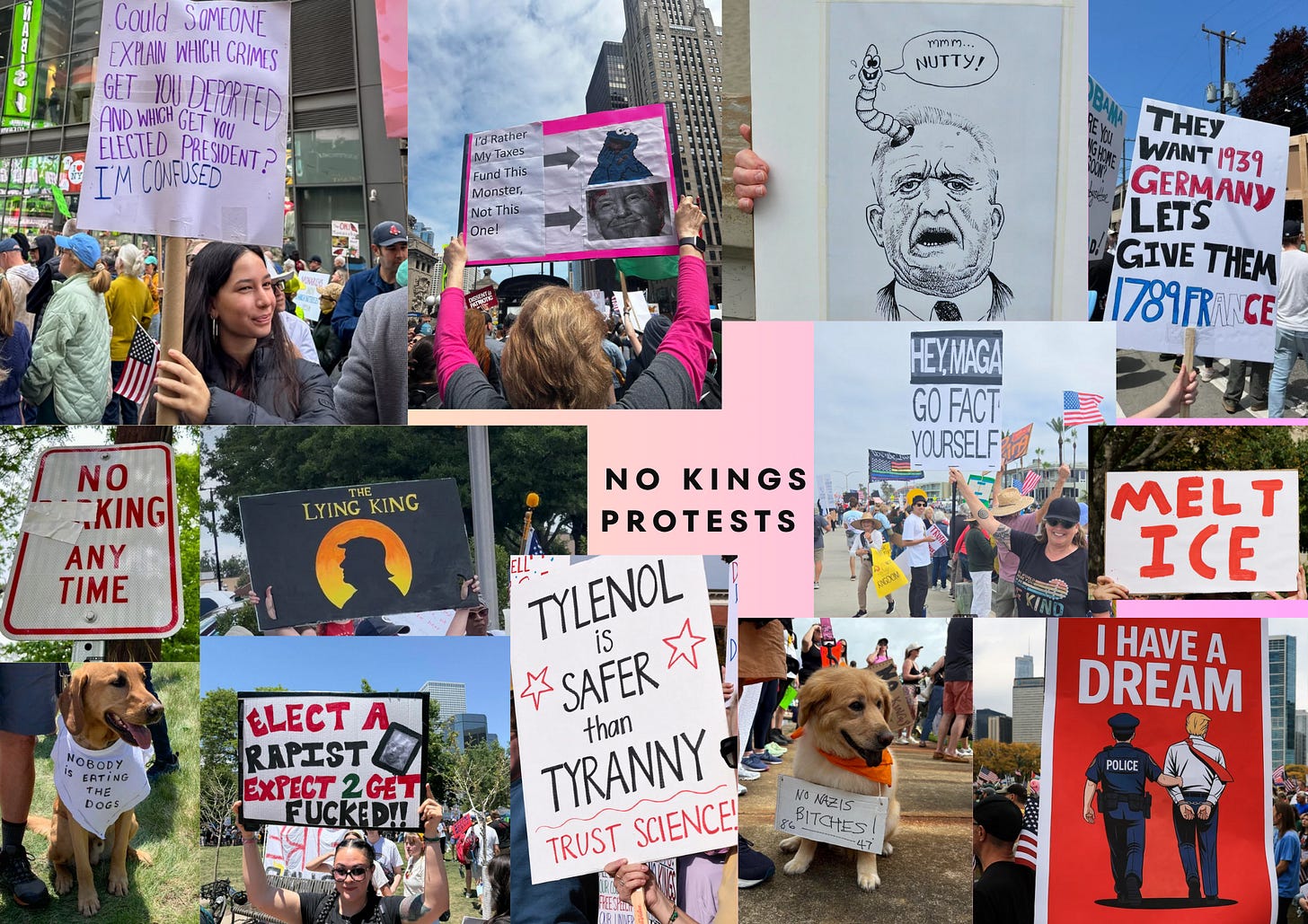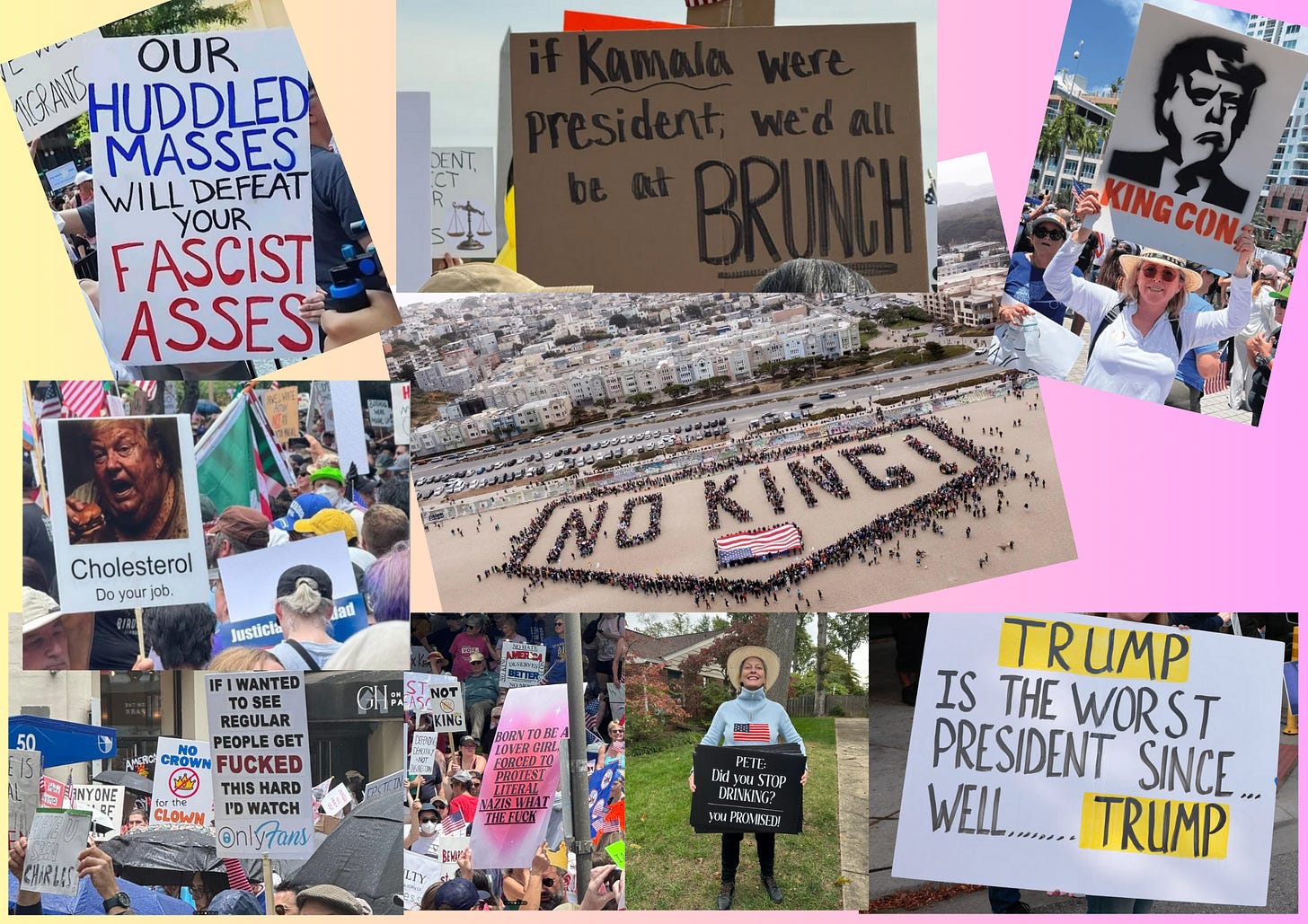THE POWER OF IMAGE
Because when words lose meaning, pictures still speak.
1. When Pictures Remember
Some images don’t need context. They remember for us.
They carry smoke and silence, courage and collapse, without asking permission.
They outlive the speeches, outlast the excuses.
They’re what history looks like when it tells a story that no one will ever forget.
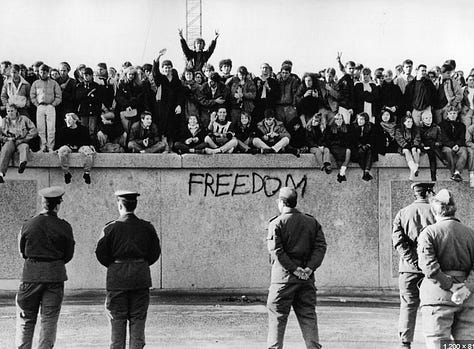
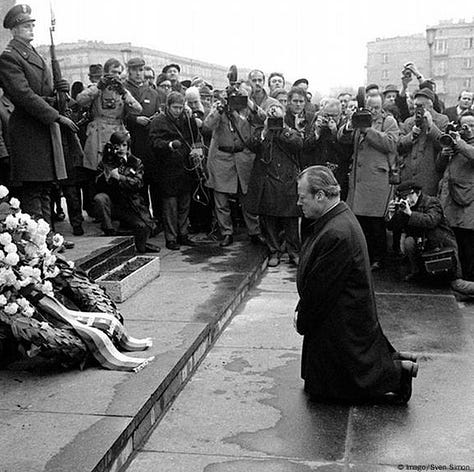

2. The False Torch
Then came the age of the false flame.
An empire of reflection, not light.
They took the torch — a symbol of welcome and enlightenment — and turned it inward, until all it illuminated was its own gold frame.
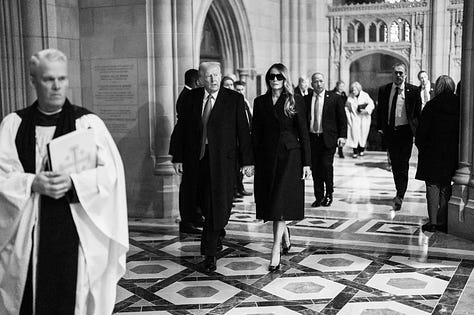
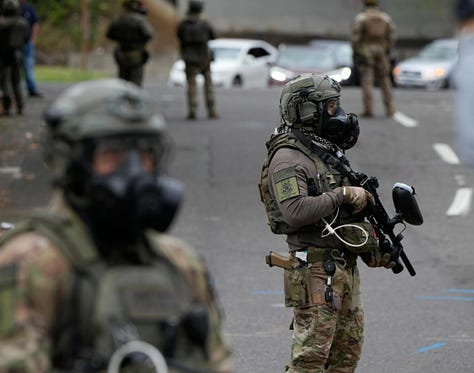


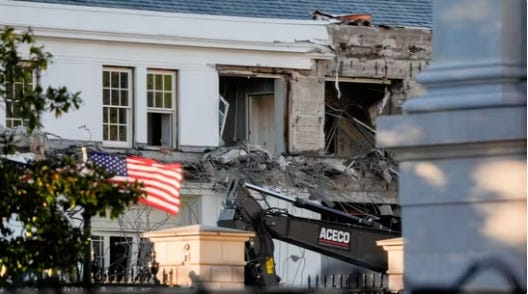
Democracy dressed for a funeral and glossed up for the feed.
Everything gleamed, but nothing glowed.
It was all so beautifully composed — a hollow icon for a hollow time.
They mistook the glint off the glass for the fire itself.
3. The Rainbow Reclamation
And still, somewhere between the hashtags and the hunger, the other America showed up — not with a single, rigid flame, but with a prism.
This was the joyful resistance.
The “radicals.” The “terrorists.” The ones wielding crayon and cardboard, inflatable costumes and toddlers on their shoulders.
Their protest looked like play, and their play looked like freedom — a chaotic, brilliant spectrum of dissent.
By the next morning, they were back at work, their kids back at school, life continuing lighter somehow.
Because a defiant laugh, a splash of colour where they expect only rage — this is the image that breaks the frame.
(Below: the best signs from the No Kings protest — evidence that creativity still outruns cruelty.)



